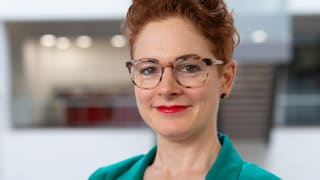How you can give a voice to marginalised communities in your place brand strategy
As places around the world look to recovery, what can we learn from New York City, the cultural melting pot of the world? Nancy Mammana, Chief Marketing Officer for NYC & Company joined us to share how they’re giving a platform to marginalised voices and ensuring that the recovery is equitable across the five boroughs and all community groups.
Thank you for joining us, Nancy, because New York City has to be one of the most iconic city brands in the world. How will your place brand strategy leverage that heritage to help you to drive recovery?
Pre-pandemic we were very much about welcome because that is core to our brand. Welcoming everyone from all walks of life…. That's what New York City is, and with the Statue of Liberty at the forefront, our message was that New York City welcomes you always. Our city was founded on that, and we will always keep that at our core but now post-pandemic, it's not necessarily only about that anymore.
It's great to see that you're enjoying our content.
You've already read one article this month. Please sign in or create an account to continue reading - it's completely free and will only take a minute!
Thank you for using City Nation Place!
To access please sign in








